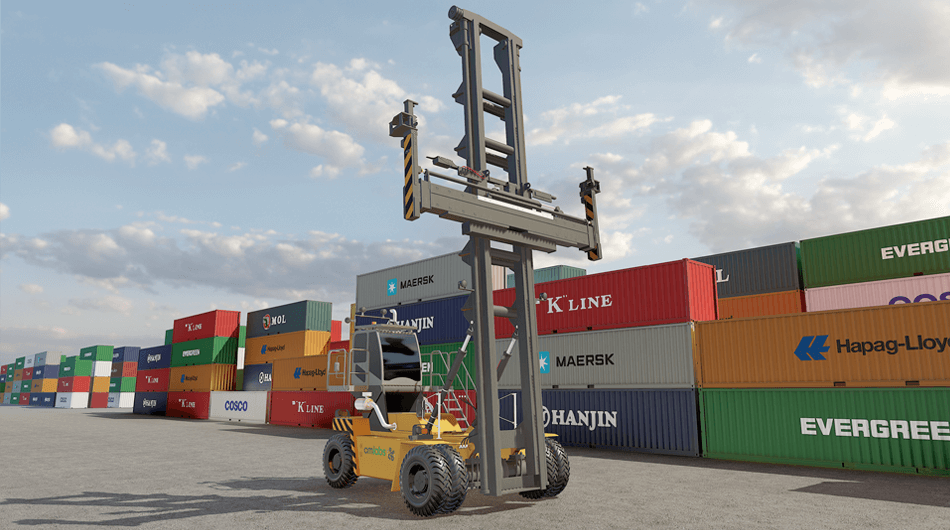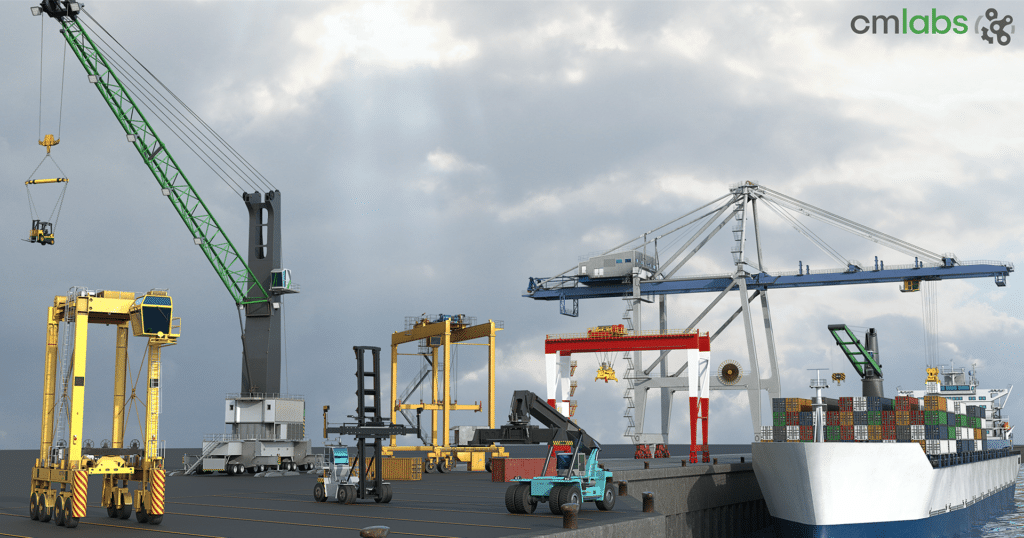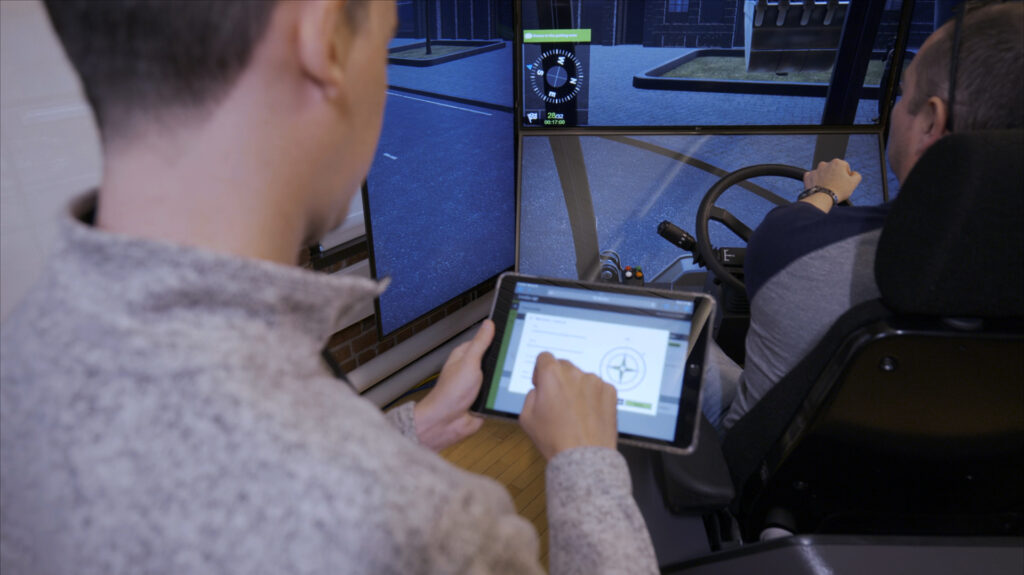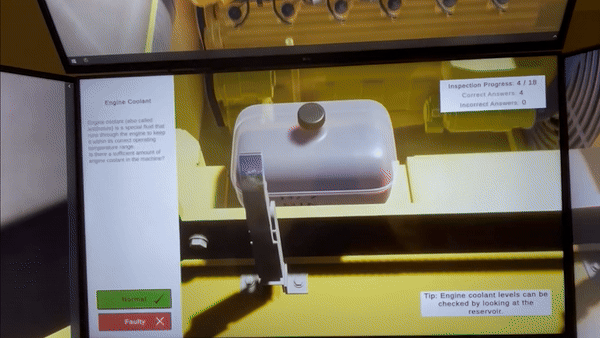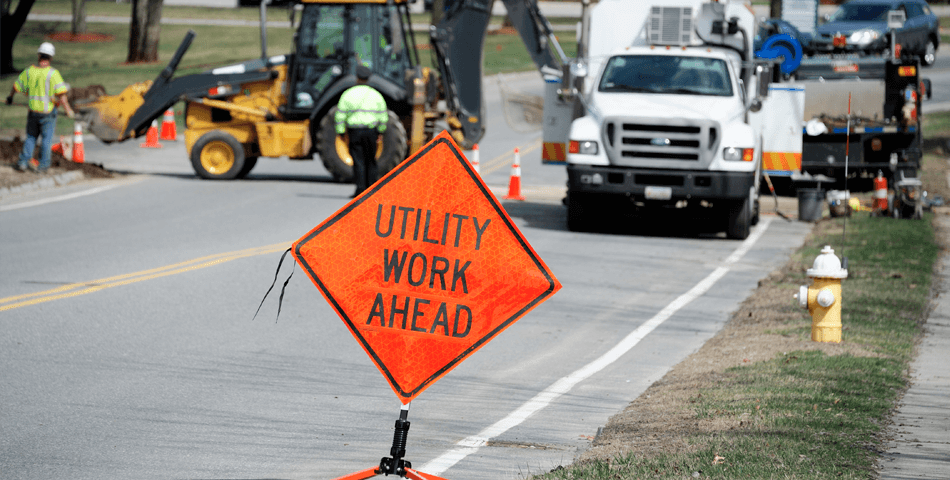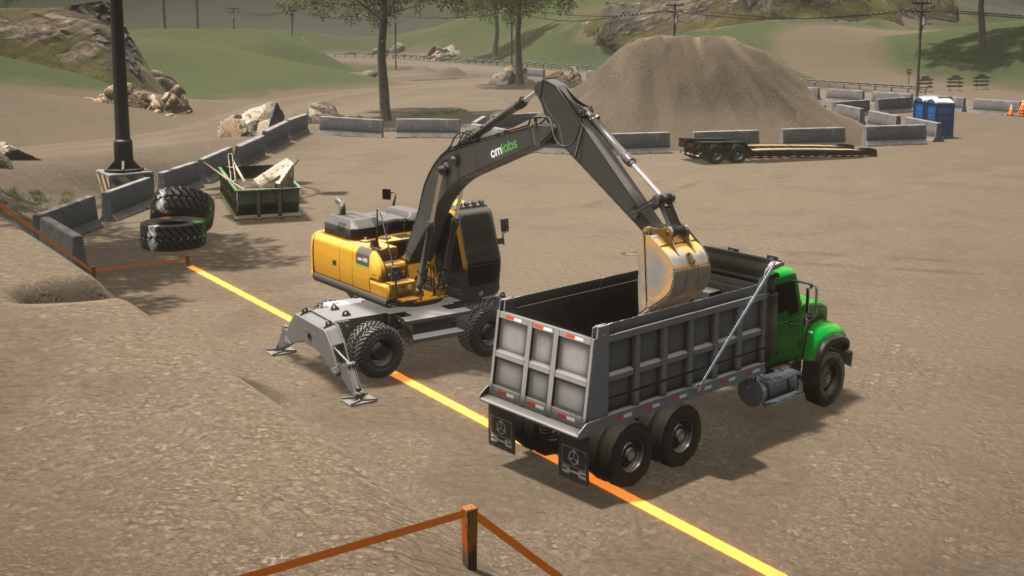Vortex Provides New Perspectives on Equipment Accident Investigation
Success Story Summary
The Organization
The Situation
The Solution
Serge-André Meunier is a Montreal (Quebec)-based forensic engineer. His investigative brief ranges from vehicle and motorized equipment fire and collisions to mechanical failures and tip-overs.
Real-life forensic investigations are rarely as glamorous as they look on TV. On TV, there is an unmuddied trajectory from the drawing board to the smoking gun. In real life, it’s not so much a trajectory as a series of iterations.
Meunier is comfortable at the drawing board. “Sometimes the bull’s eye is elusive,” he says. “You have to be very cautious.” In 2013, a telescopic handler tipover during inspection work on an highway overpass structure left one worker dead and two others injured.
Meunier works for Prolad Experts, a forensic engineering firm brought in to investigate potential causes. After an initial series of assessments, Meunier had identified a number of possible contributing factors. However, ascertaining which was the most likely was proving to be a challenge.
“This is something I literally could not have done without Vortex. I would have had to stop my investigation.”
Serge-André Meunier, Forensic Engineer, Prolad Experts
“I tried to figure it out by myself, with hand calculations… ” says Meunier. “I knew the potential contributing factors—but how to assess them?”
Meunier’s work had crossed paths in the past with Montreal company CM Labs Simulations, which specializes in simulating vehicle and mechanical equipment dynamics.When Meunier asked if they could use Vortex to model the vehicle and recreate potential tip-over factors, CM Labs got on board immediately.
“By hand, doing calculations on this complex scale is not even remotely feasible,” says CM Labs mechanical engineer Martin Hirschkorn. “If you want to change any of the parameters, like angle of slope, or a new attachment, you’d have to redo all the calculations. In Vortex, you just provide a new number and hit enter, and it’s already recalculating the new configuration.”
“This was something I literally could not have done without Vortex,” Meunier says. “I would have had to stop my investigation.”
Using Vortex, Meunier and Hirschkorn collaborated to create a dynamic simulation of the vehicle and its operating environment, based on vehicle manufacturer specs and test data—as well as accident site information about ground materials and compression.
This allowed them to replicate potential incident causes, which gave them the ability to “replay” the incident under a wide range of conditions.
“What Vortex can do is consider positions, masses, and velocities, calculate contact forces under the wheels, and moments of forces in all of the joints,” says Hirschkorn. “This—basically processing the geometry and all the statics and dynamics—opens a whole world of analysis possibilities. We just recreate the model of the machine, set it up in all these scenarios, run the simulation, and see what happens.
The Vortex-powered simulation allowed Hirschkorn and Meunier to explore a number of questions and assess the outcomes:
- What behaviour does the vehicle exhibit under a range of boom configurations?
- How does ground material composition affect machine behaviour?
- How do various vehicle angles off level affect the outcome?
- How does vehicle counterweight placement affect the vehicle, given ground incline and a range of boom configurations?
“What we did,” says Hirschkorn, “was put the machine in everyone of these situations, and then measured how much torque does it take to tip the machine over, and how much does it take once we change these parameters.”
“The other advantage was because we had a complete model of the system we could even model cases that weren’t specifically asked for. For example, we could very quickly calculate different boom angles besides the one they gave us, because it’s trivial to just check another one.
“This was allegedly a case where neither the vehicle nor the boom were moving at the time of tipover—but to get to the static case you have to move things. And just getting there actually has an effect. If you’re lifting a boom fairly quickly and you suddenly stop, it slams at the top, and the whole machine is bucking. That would have been really difficult to calculate by hand.”
Hirschkorn adds: “The other thing we could do, just for our own curiosity, we could also see what happens when the machine is traveling. Vortex is a dynamics tool, so we could make it drive ahead if we want and see what happens. Or what happens while the operator is actually lifting the attachment.”
With Vortex, Meunier was able to move forward with his investigation, armed with the precise rollover threshold in the assessed configuration.
“People go too fast to the bull’s eye, they might miss something,” Meunier says. “If it wasn’t for knowing about Vortex, I would probably still be trying handwritten calculations, trying to figure it out.”
